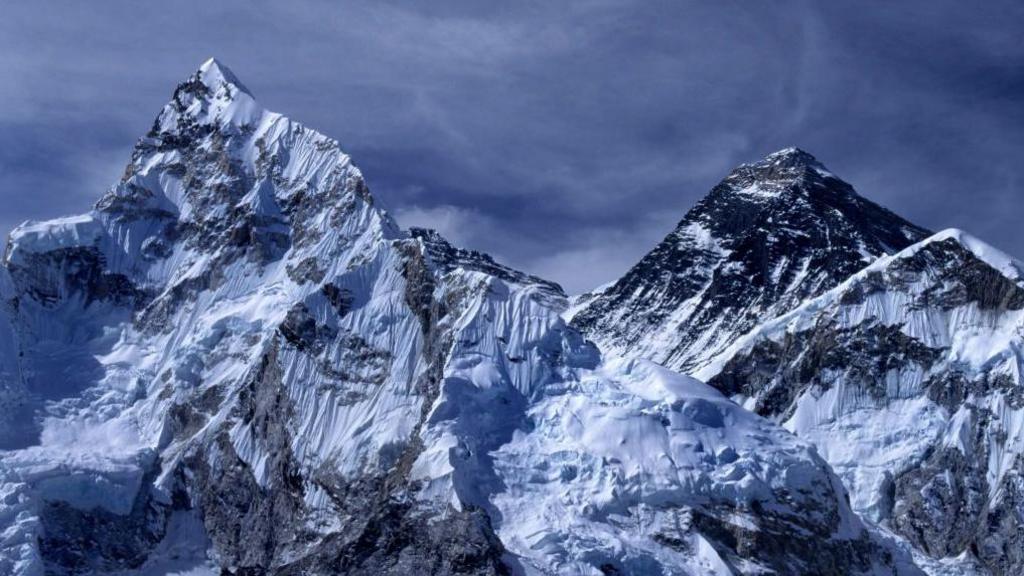
A Himalayan River May Be Making Everest Taller
Mount Everest, the world's tallest peak, has long stood as the ultimate symbol of natural grandeur, drawing climbers and adventurers from around the globe. However, recent geological research suggests that this iconic mountain might be growing even taller, thanks to the erosive power of a Himalayan river. This intriguing possibility is reshaping our understanding of how natural forces interact to sculpt the earth's most majestic landscapes.
The Mighty Everest
With an official height of 29,031.7 feet (8,848.86 meters), Mount Everest is not just the highest mountain on Earth; it is also a dynamic structure that continues to fascinate scientists and explorers alike. The Himalayas, including Everest, are the result of tectonic forces—specifically, the collision between the Indian Plate and the Eurasian Plate. This collision is responsible for the uplift that created the towering peaks of the range.
Traditionally, the height of Everest has been thought to fluctuate mainly due to tectonic activity and glacial erosion. However, an often-overlooked factor is the role of rivers in mountainous regions, particularly in places like the Himalayas where the landscape is both steep and geologically active.
The Role of Rivers in Mountain Growth
Rivers are typically seen as agents of erosion, breaking down rocks and carrying sediment away from mountains, thus contributing to their gradual decay. In the case of the Himalayan rivers, however, new studies suggest a more complex interaction. Researchers have discovered that the Arun River, which flows through Nepal and Tibet, may be contributing to elevation changes in the surrounding landscape, including Everest itself.
The Arun River is one of the largest rivers in the region and has a significant erosional force. It cuts through the Himalayas, creating deep gorges and transporting vast amounts of sediment downstream. This process, known as fluvial erosion, can have a paradoxical effect on mountain height. While the river erodes the mountain at its base, the reduced weight of eroded material can lead to a process called isostatic rebound, where the crust effectively "bounces back" and rises.
Isostatic Rebound and Mountain Growth
Isostatic rebound is a concept akin to the way a sponge might rise after being compressed. When the heavy weight of eroded material is removed from the earth's crust, the crust can uplift due to the reduction in pressure. This uplift can potentially offset the erosive processes occurring at the surface, leading to a net increase in elevation.
In the case of Mount Everest, the Arun River's erosive action might be removing enough material from the mountain's base to allow significant isostatic rebound. Essentially, while the river cuts deeper into the mountain, the peak could be rising higher—an astonishing dance between erosion and uplift.
Evidence and Implications
Recent satellite data and field measurements have provided preliminary evidence to support this hypothesis. Researchers have observed slight increases in the elevations of regions surrounding the Arun River, suggesting that isostatic rebound could indeed be occurring. Additionally, GPS measurements indicate that parts of the Himalayas are experiencing uplift rates that exceed the rate of erosion, pointing to a net gain in elevation.
If confirmed, this phenomenon would have profound implications for our understanding of mountain dynamics. It challenges the conventional view that erosion only acts to wear down mountains and highlights the complex interplay between different geological processes. For Mount Everest, this could mean periodic adjustments to its official height, as new data continually refine our measurements.
Broader Impacts
The possibility that a river could contribute to the growth of the world's tallest mountain also underscores the importance of interdisciplinary research in geology, hydrology, and climatology. Understanding these processes could help scientists predict how other mountain ranges might evolve in response to climate change and human activities.
Furthermore, this revelation could have practical implications for mountaineering and tourism in the Everest region. Changes in elevation and landscape can affect climbing routes, weather patterns, and the stability of glaciers and icefalls. For local communities, this dynamic environment necessitates ongoing adaptation and resilience.
Conclusion
The notion that a Himalayan river could be making Mount Everest taller is a testament to the intricate and often counterintuitive forces shaping our planet. It highlights how interconnected systems, from tectonic movements to river erosion, work together in ways that we are only beginning to understand. As researchers continue to study these interactions, they will undoubtedly uncover more secrets about the world's most famous peak, further fueling our fascination with Everest and the natural world.
In the end, whether Everest is growing or shrinking, one thing remains constant—it stands as a symbol of the earth's raw power and enduring mystery. And now, thanks to the humble yet mighty Arun River, that symbol might just be reaching new heights.


0 Comments